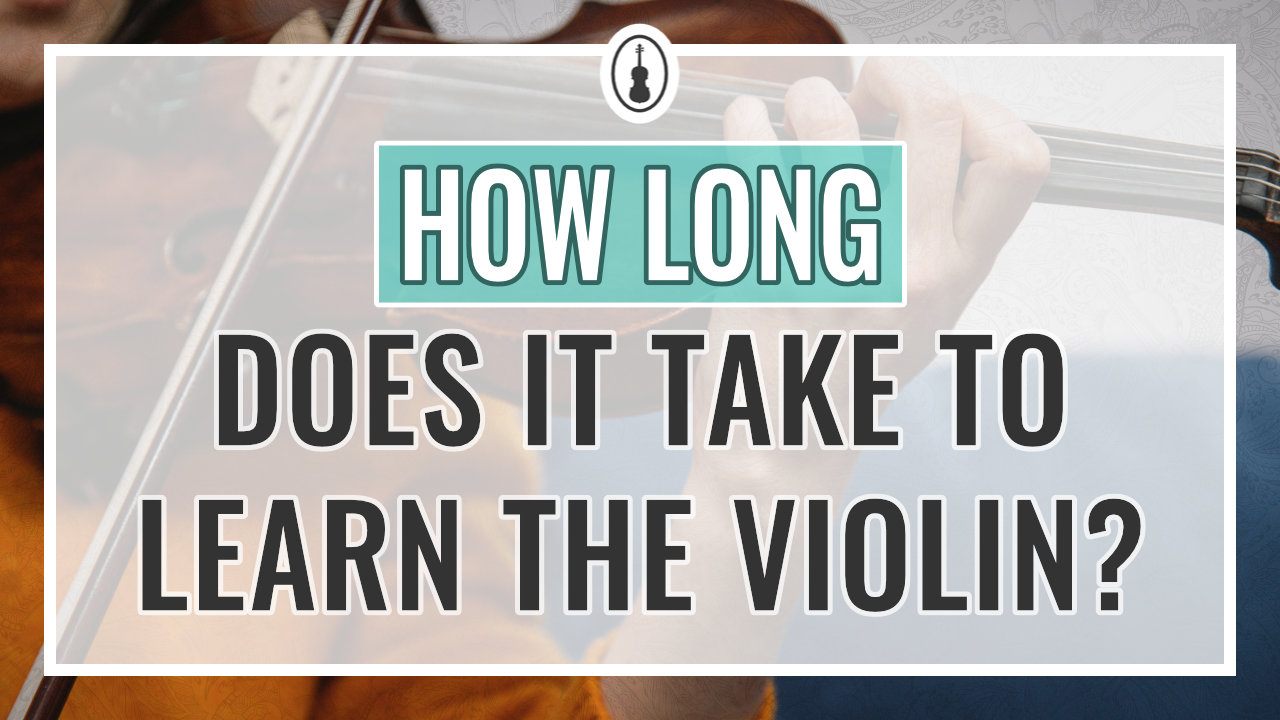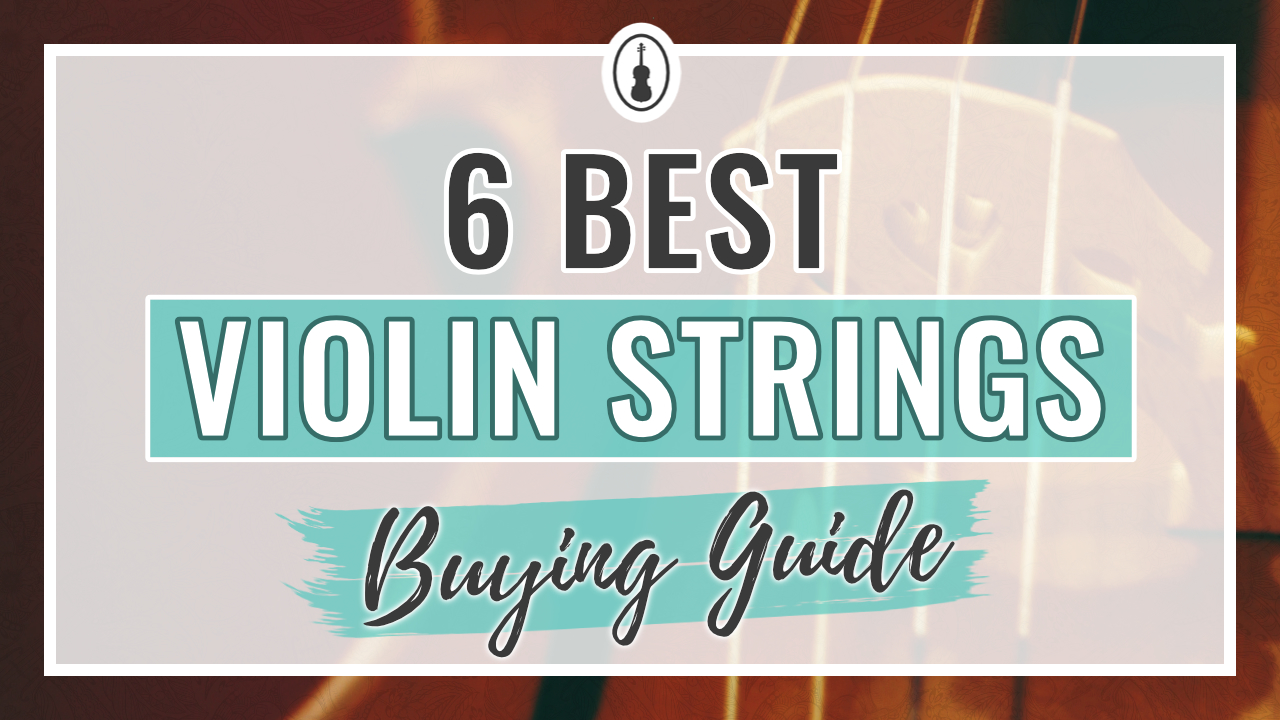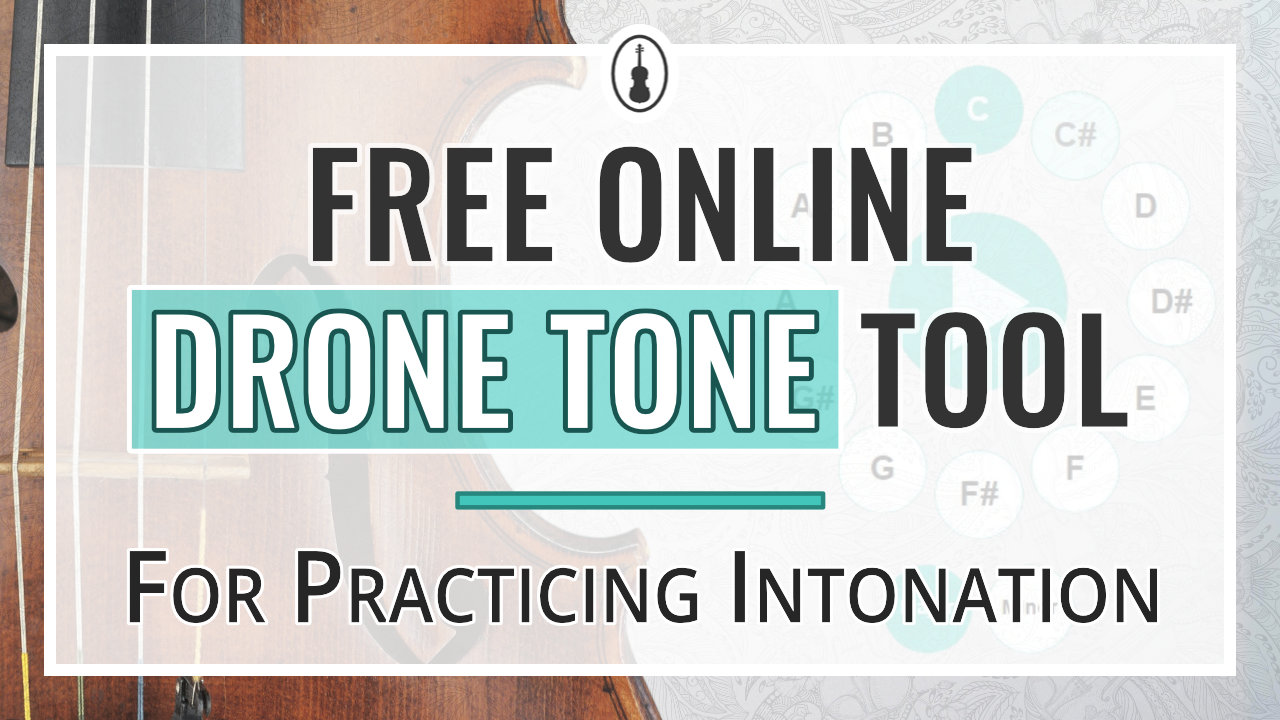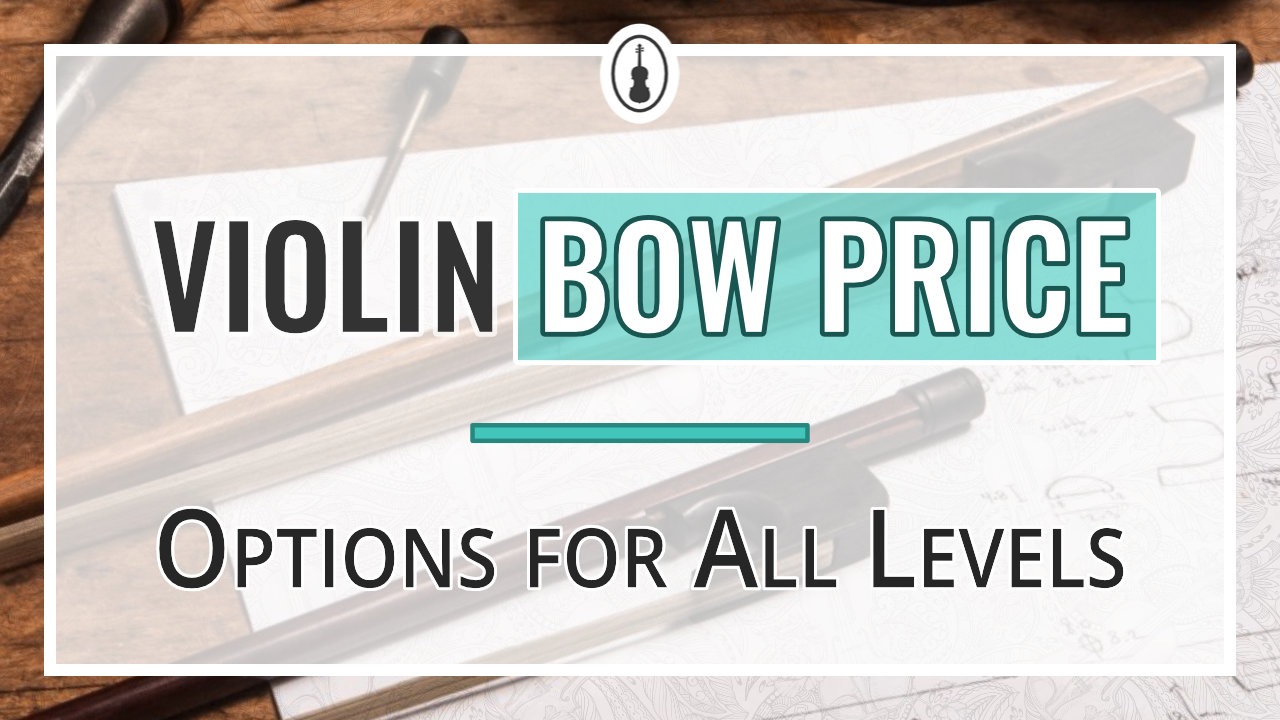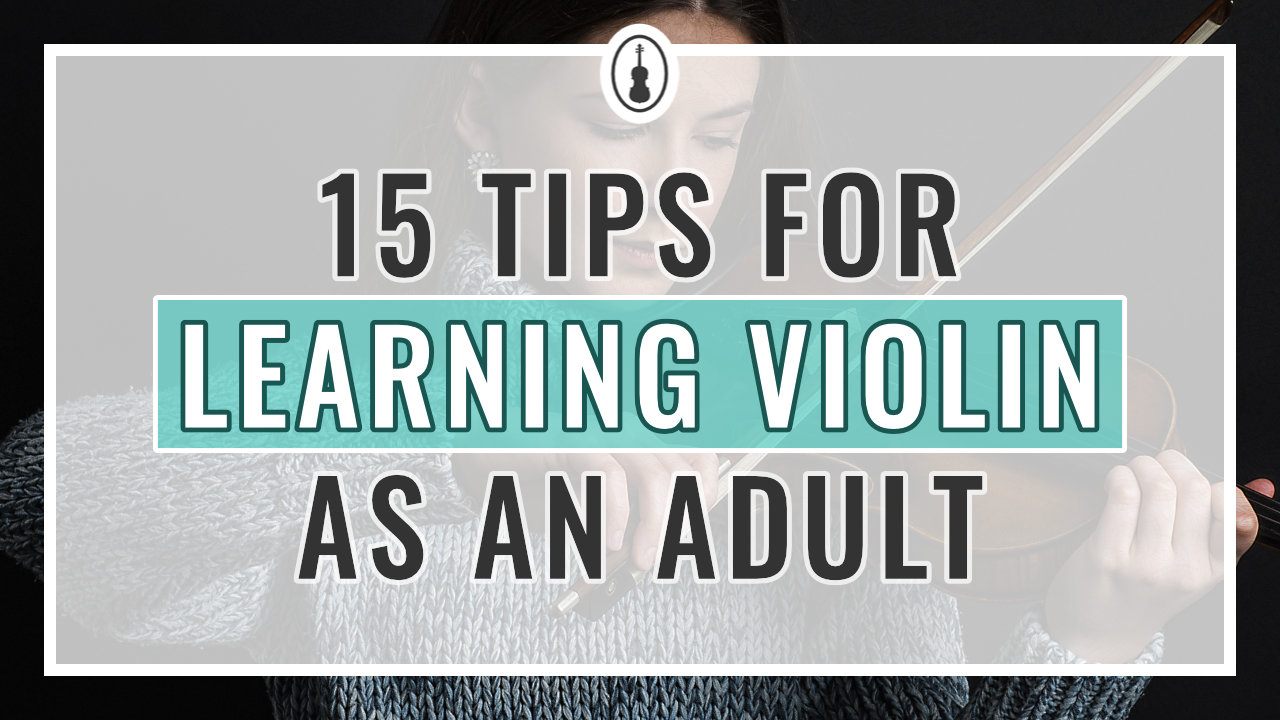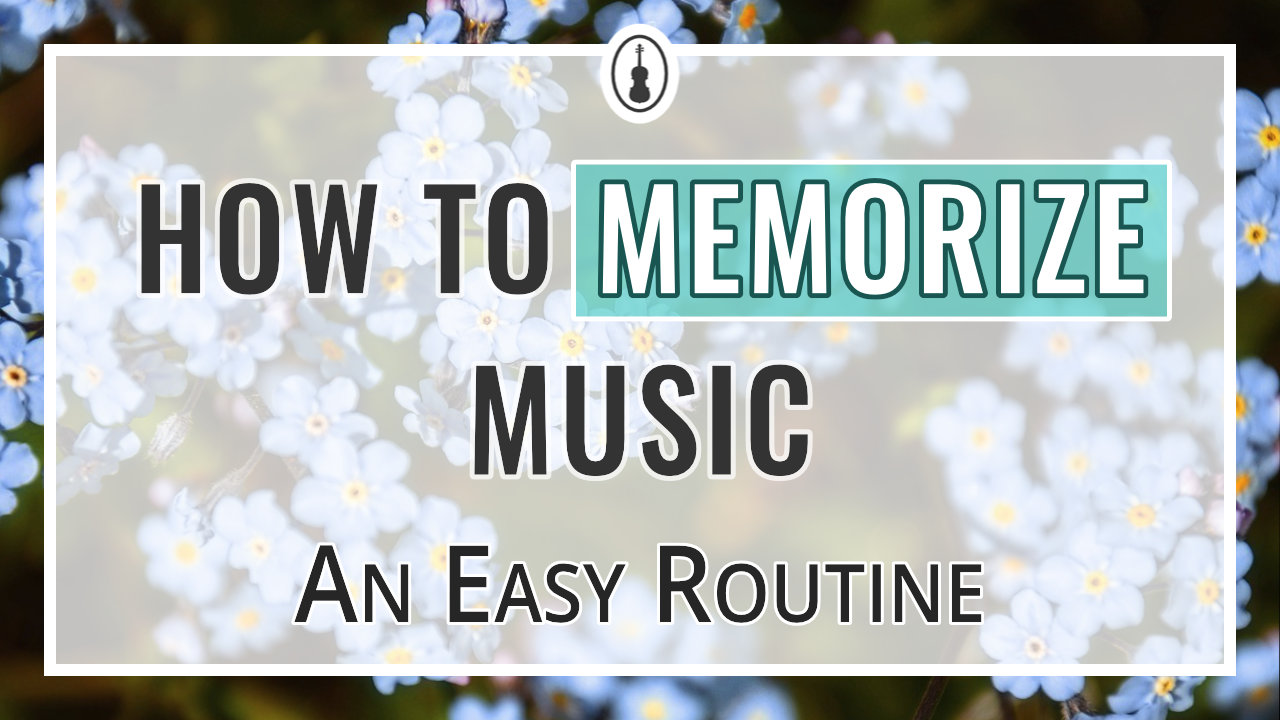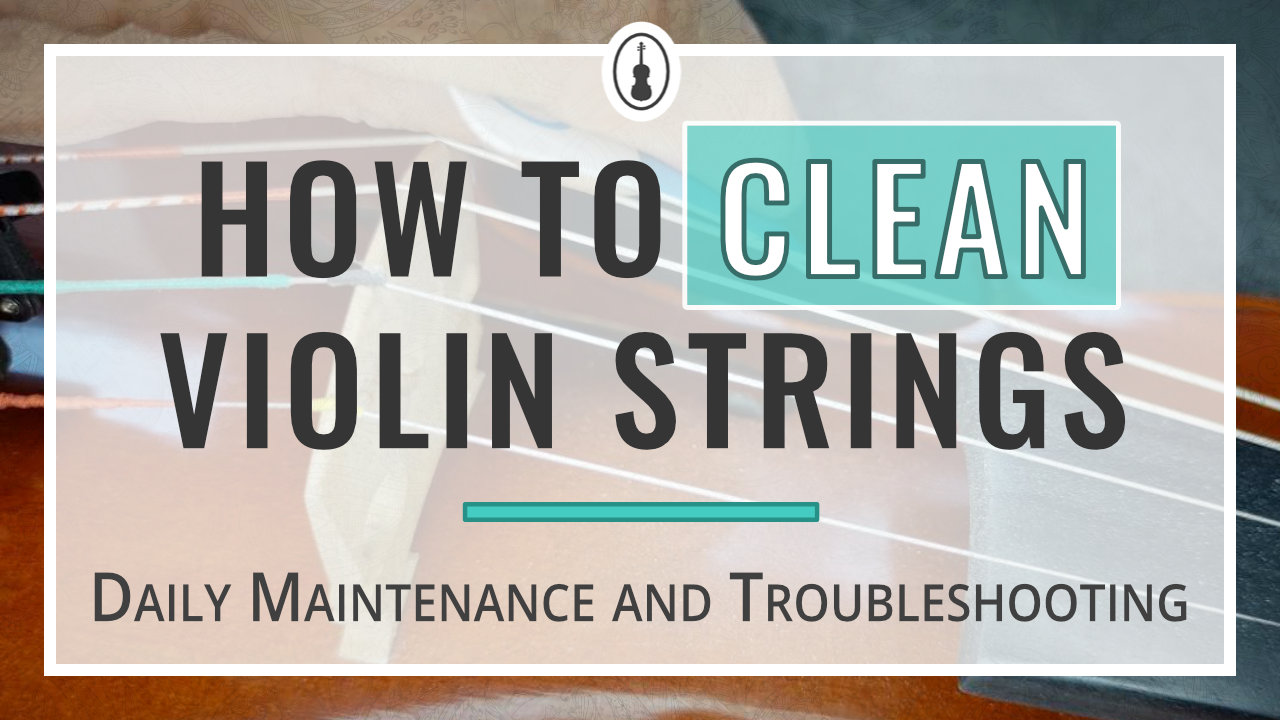
If you’re just getting started with learning to play the violin, you’ll need to know what the violin open strings are. These are the four strings on the instrument. They each have a name and sound a different pitch. Read on to learn everything you need to know about the open strings, and to download free sheet music exercises!
What Are Violin Open Strings?
The violin open strings are the four strings mounted on a violin. From left to right, the violin string order is: G, D, A, E. The G string is thickest, and E is the thinnest string. The term “open” means that no fingers are pressed down on the fingerboard. We play just the string itself.
In fact, all stringed instruments have open strings – these are just the strings of the instrument.
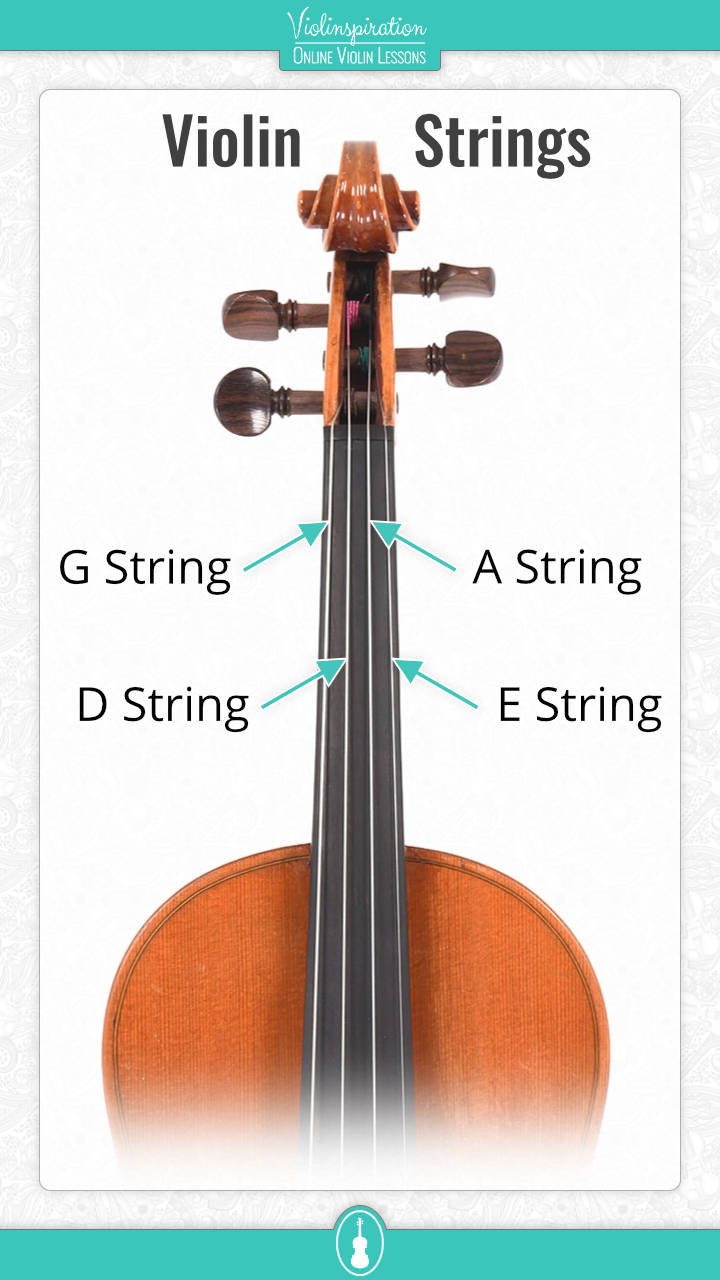
How do You Play an Open String on the Violin?
You probably already played or plucked open strings when tuning your instrument. Open violin strings are played with no fingers down on the fingerboard. Open string notes are usually the easiest to play, for this reason!
To play an open string on the violin, you’ll want to be sure the bow hair is touching the string you’re trying to play and only that string. Your left hand will just help support the neck of the violin. No fingers should be pressed on the fingerboard.
How do You Know if a Note is an Open String?
The open strings look like this on the staff, they’re just these four notes:
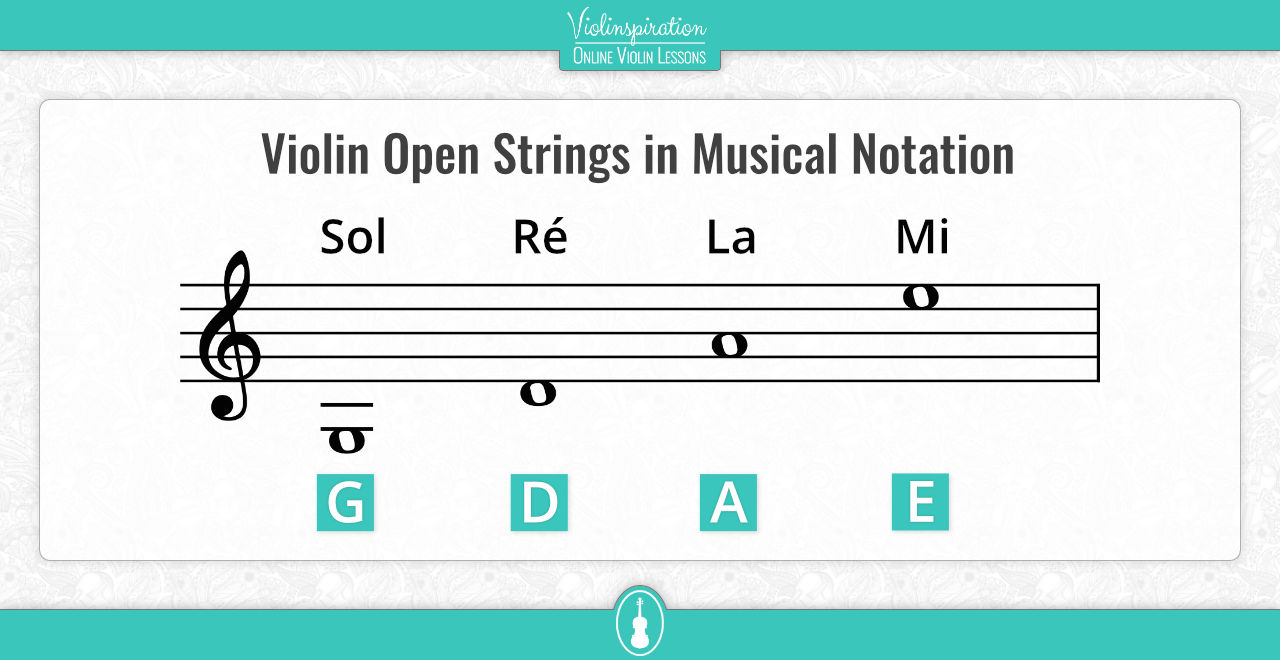
If you see one of these notes in your music, you’ll probably play an open string!
As you progress, you’ll learn that the 4th finger can play the corresponding note as the open string to the right of the one you’re playing on.
When to Play an Open String and When to Use the Fourth Finger on the Violin?
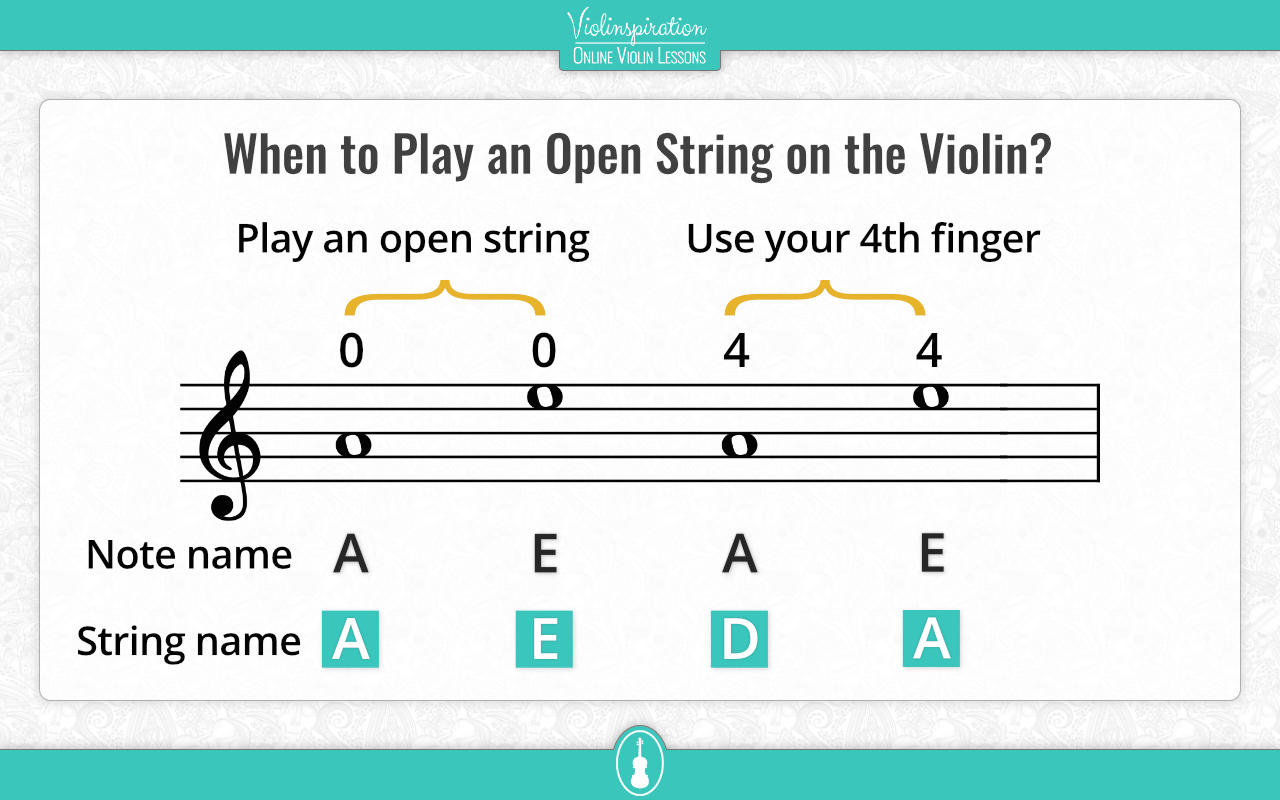
If a note has a “0” (zero) above it, then it should be played on the open string.
If a note has a “4” written above, it shows that you should play with the fourth finger.
But be careful, if a note has a circle above it, then it is a harmonic note! You will most likely find it in intermediate to advanced repertoire.
How do You Practice Open Strings on the Violin
It’s likely you started out by playing just open strings on your violin. This is a little easier than playing written music with extra notes because your left hand doesn’t need to do any work.
Playing open strings will help you get better at playing just one string at a time, even when you’re playing more difficult songs that include left-hand notes.
Your right arm and elbow will need to be at a different angle for each and every open string. Practicing the open strings will help you learn exactly where your right arm and elbow need to go to play on each string. This helps in your violin music, too: you’ll be less likely to bump strings you shouldn’t be playing!
Violin Warm-up on Open Strings
The following exercise is great for finding the exact arm angle you’ll need for each string. After a bit of violin practice, your brain will automatically associate the correct arm angle for the corresponding strings.
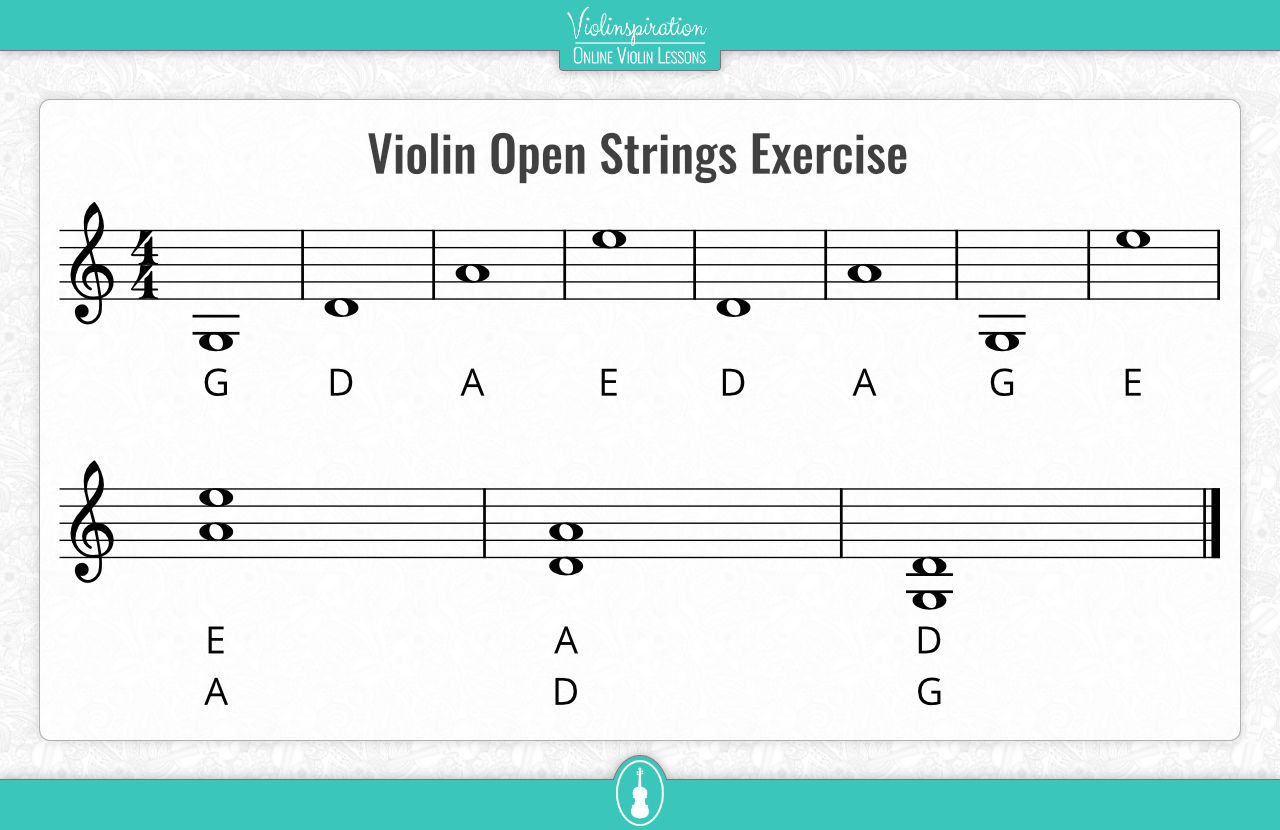
Develop Your Musicality: Practice With Different Rhythms
Once you’re comfortable with the exercise above, play it again with different rhythms. Switching rhythmically between strings will train your arm to really know exactly how to move to play the corresponding strings at the right time without bumping accidental notes. Your tone quality will improve, and everything will become easier!
You can do the rhythmic exercise with the use of my online metronome. Click here to access the metronome and also read how to use it in your practice.
How to Play Each String on the Violin
Each string has to be played a little differently because each one has a different size and vibrates in a different way. The lower strings are thicker and the higher strings are thinner.
1. G String
The G string (the very left string) is the thickest. This string will require the most amount of pressure or weight from your bow arm to get a good, rich sound.
2. D and A strings
The D string is a little thinner. The D and A strings are very similar, and just need a comfortable, natural amount of arm weight to get the sound to sing beautifully.
3. E String
The E string is the thinnest and most delicate. Too much pressure from your arm will create a gross, creaky sound. The E string requires a faster bow speed and less arm weight to get a lovely singing tone.
Thinking about how the four violin open strings are different while practicing exercises will help you make a beautiful sound on the violin.
Conclusion
Playing violin open strings is the foundation of all other violin playing. The string quality is what gives the violin its recognizable sound, and creating a beautiful tone on just open strings will give you the base you need to add other fingers on the fingerboard in your violin music.
Getting comfortable playing open strings will help in all of your other music so remember to spend a few moments practicing it every day. Once you’ve tried the exercise I’ve shared, let me know how it went!
When you’re ready, make sure to go ahead and learn the fingered notes on the violin.
